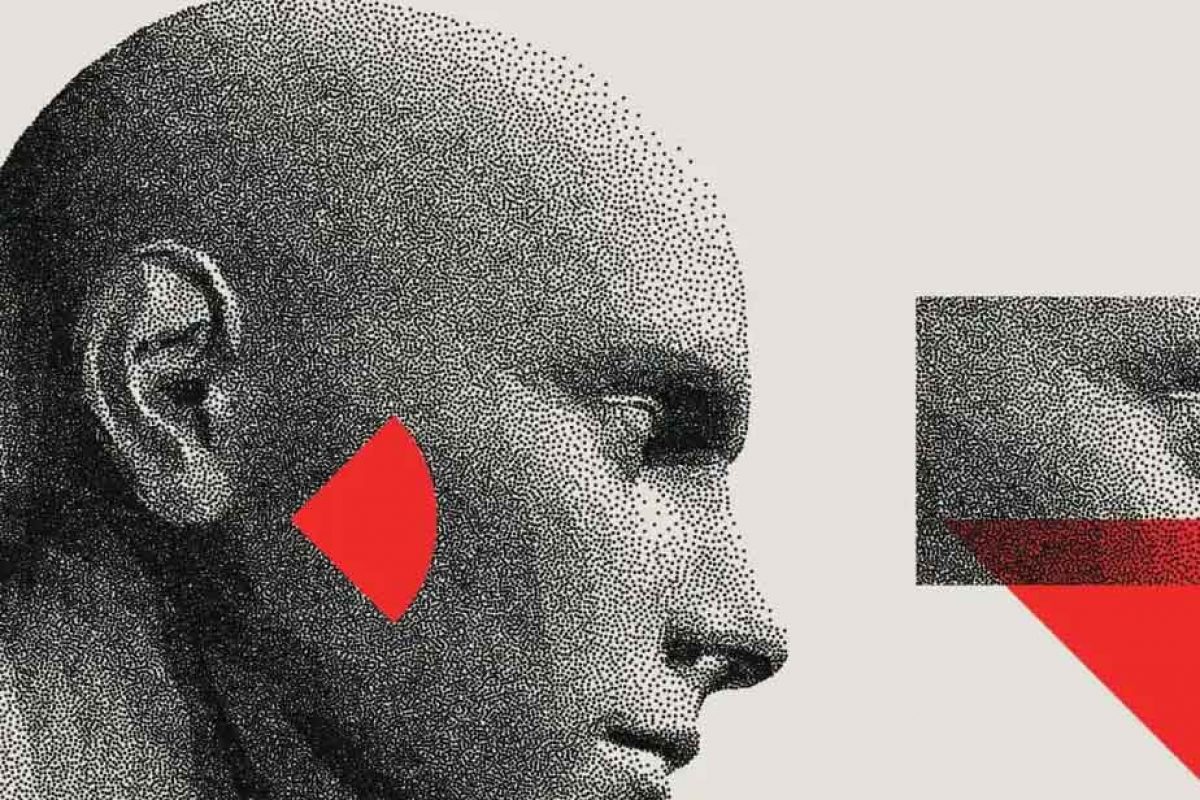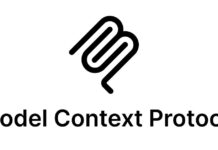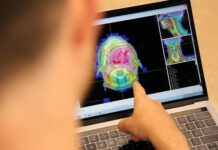The world of art is constantly evolving, and now, with the help of AI, we are able to create masterpieces in ways that were not possible before.
In this blog post, we will explore the world of AI art. By the end of this post, you should have a better understanding of what AI art is and how it can be used to create amazing works of art.
What Exactly Is AI Art?
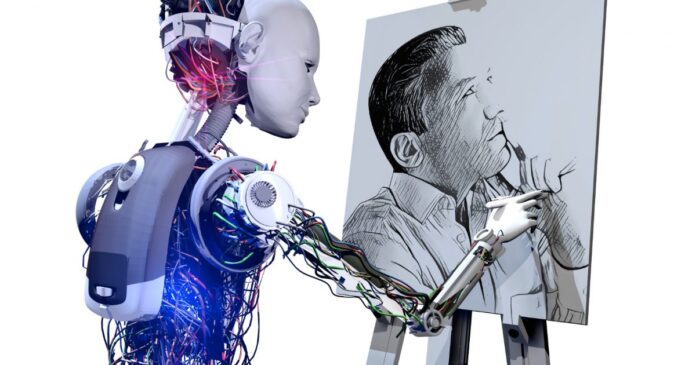
AI art combines the power of artificial intelligence with the creativity of human artists to create unique digital artworks. It’s a form of digital artwork created through algorithms inspired by natural environments and data sets. The process involves exploring the capabilities of different AI tools and techniques.
An artist works with algorithms to create rules for how a machine analyzes images or video frames to produce something visually pleasing or meaningful. AI-generated pieces offer the advantage of speed and detailed works can be made by even novice creators without artistic background knowledge.
The goal is to mimic human intelligence or simulate the human brain through a set of algorithms. Ethical implications must be considered regarding the control, trust, and rights of machines. Challenges include avoiding bias in results and finding new ways for AI to improve traditional forms of art such as painting or sculpture.
The Creative Freedom Of AI In Art And Design
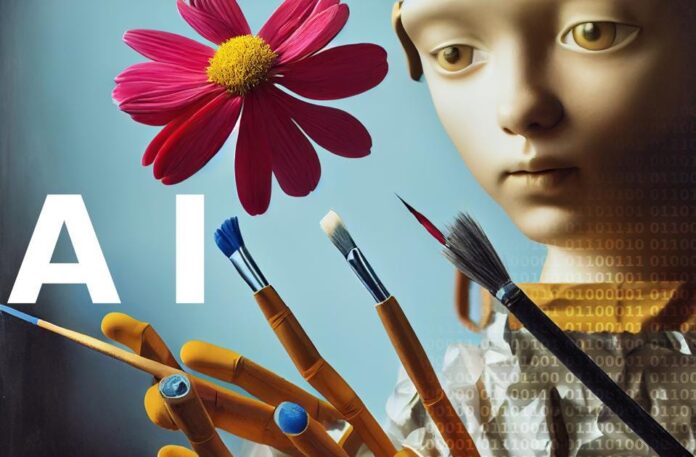
AI technology has revolutionized the world of art and design by offering a new level of creative freedom to artists and designers. With AI algorithms, creators can explore endless possibilities and push boundaries that were previously unattainable. The use of artificial intelligence in art and design has also given birth to new forms of creativity, such as generative art and neural style transfer.
One of the most interesting developments in AI art is the AI Art Battle, where artists create artwork using AI algorithms and compete against each other. This competition has gained popularity over the years and has become a platform for artists to showcase their skills. The AI-generated artwork is judged based on creativity, aesthetics, and technical skill, just like any other art form.
While some ethical issues may arise regarding ownership rights over AI-generated artwork and privacy concerns regarding collecting user data for training, these do not diminish the innovative potential of AI in art and design. These challenges present opportunities for further exploration of how it can revolutionize the visual arts industry.
The Benefits Of AI-Created Art
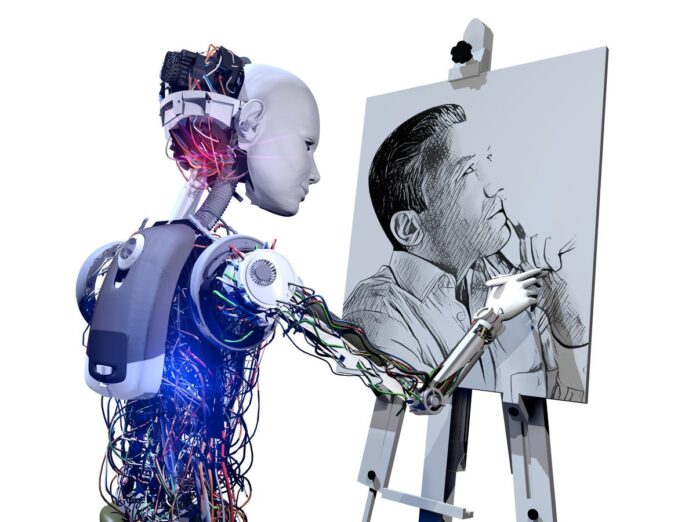
Utilizing AI technology can produce stunning visuals and create different styles in a fraction of the time. Moreover, deep learning can enhance traditional art practices by providing artists with access to new tools and techniques.
For traditional artists, this is an opportunity to think outside the usual bounds of human creativity, experiment with new forms or ways of creating artwork, and find inspiration. Besides, AI art can aid in the understanding and appreciation of traditional art by analyzing color palettes, brushstrokes, and other elements.
AI art generators are becoming increasingly popular, creating beautiful works based on user input that saves time and helps to focus on experimentation and creativity. Furthermore, AI-created art is not limited to visual images only, and it can also create music or generate stories when combined with natural language processing techniques such as text generation algorithms.
It has many potential applications beyond aesthetic purposes; it provides insight into the creative process machines use to create their works. Additionally, it has educational value and can be used in filmmaking classes or graphic design courses. In conclusion, AI-created art is revolutionizing creativity, saving time, and exploring new interpretations of existing and traditional pieces.
How AI Generated Art Is Changing The Creative Landscape
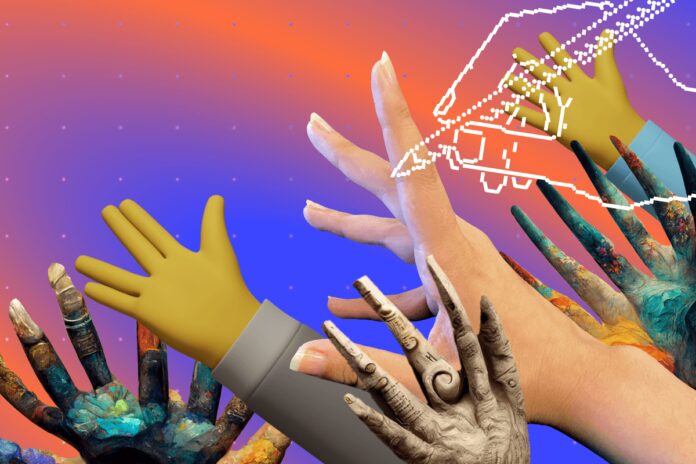
AI-generated art is changing the creative landscape, allowing artists to explore new possibilities and create masterpieces. Instead of creating a piece from scratch, an artist can use an AI program to generate something unique based on existing pieces or concepts. This process streamlines the creative process, allowing artists to quickly test different ideas and explore new directions.
It can take various forms; such as computer-generated images, manipulated images, or even audio compositions. Using these tools offers a range of benefits for artists, including improved efficiency and greater access to new techniques and technologies.
It provides a wider range of possibilities than ever before, allowing us to go beyond traditional representations into abstractions that may not have been achievable by human hands alone.
Will this technology ever become a replacement for human artist’s creativity? Probably not. However, it could offer powerful tools that enhance our natural abilities by providing insights into our work that might otherwise be impossible without human intervention. Machine learning algorithms could provide feedback on an artist’s work in real-time, helping them identify patterns that inform their decisions going forward.
Exploring Different Types Of AI Art Projects
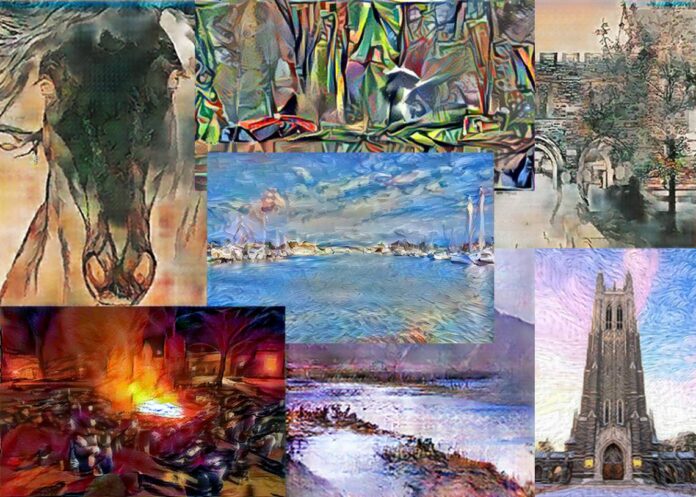
To begin, let’s explore the different types of AI art projects available today, such as neural networks and generative adversarial networks (GANs). Both have unique benefits and drawbacks, so understanding which type is best for your project is important.
It’s also important to understand the role that AI plays in the creation of artwork. By automating certain tasks or generating new ideas based on existing ones, artists can save time and effort while creating unique pieces they would never have thought possible otherwise!
When starting an AI-based project, having a good workflow is key. This should include gathering resources, training models, evaluating results, and selecting which pieces to use for your final artwork, while keeping ethical considerations in mind. Once you’re ready to launch, remember to have fun with it and continue learning about all things related to AI art projects along the way!
To Conclude
AI art is revolutionizing the creative landscape, allowing us to explore new possibilities and create unique works of art. It combines the power of artificial intelligence with the creativity of human artists, creating digital artwork that could not be made without AI.
It offers a range of benefits for traditional artists, including access to new tools and techniques, as well as improved efficiency in creating pieces. The potential for using it in artistic endeavors is immense and will continue to grow as technology advances.
If you are interested in exploring this field further, there are plenty of resources available online to get started on your own AI art journey!

